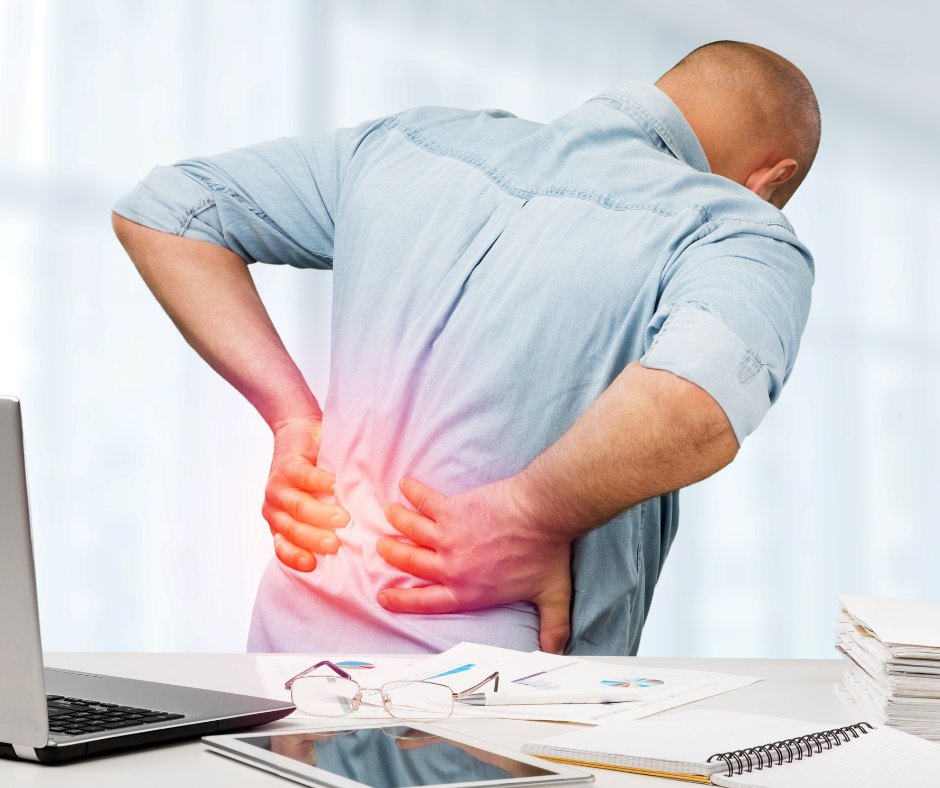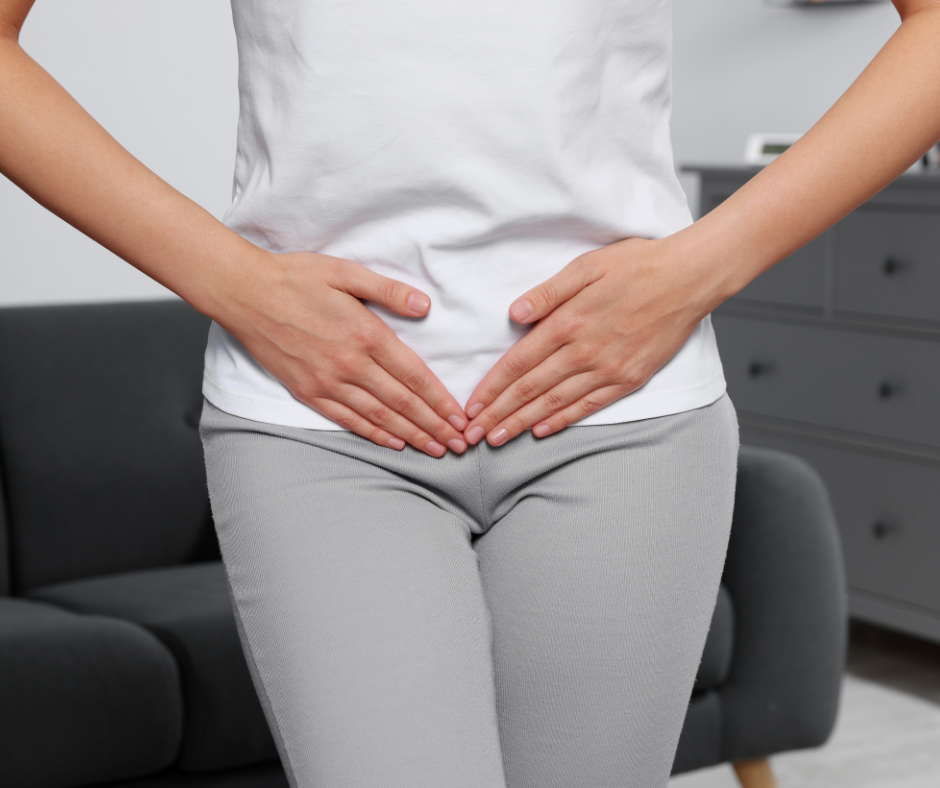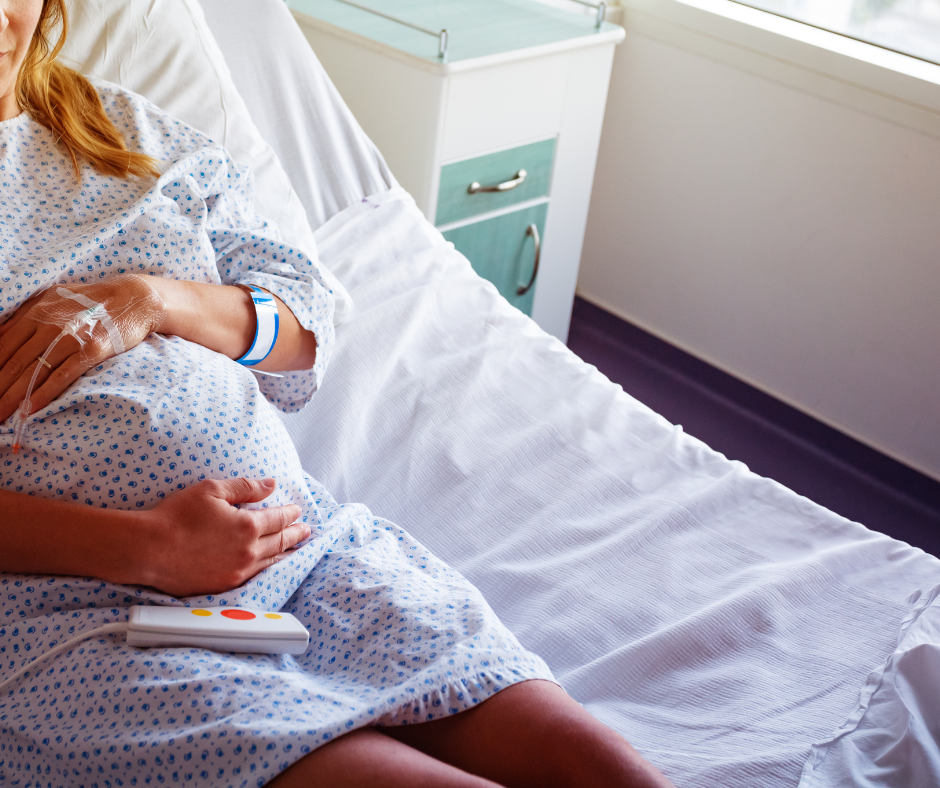Physical Therapy and Electrical Neuromuscular Stimulation (NMES)
In physical therapy, the main goals of NMES treatment are muscle strengthening, improving or maintaining joint range of motion, muscle re-education and facilitation, reducing spasticity, and functional electrical stimulation (Watson 2020).
NMES is renowned for its effectiveness in treating lower limbs, especially the quadriceps, with an increasing number of patients enhancing their functional recovery by incorporating this modality into their treatment plan.
The great news is that even more patients could see their treatment outcomes improved through the use of NMES when consulting for various neuromuscular conditions . This article aims to shine a light on the versatility of its use.
If your patient exhibits one or a combination of the 3 conditions described here, incorporating NMES into your treatment plan is likely to facilitate achieving the prescribed therapeutic objectives.
1: Inactivity Muscle Atrophy
Therapeutic goal: Prevent atrophy by acting swiftly through muscle stimulation.
Did you know that patients can start NMES as early as the first postoperative week (Nelson et al., 2021), even during immobilization periods (e.g., wearing a brace)? (Lee et al., 2019) Surprisingly, some individuals may find their recovery aided by preparatory stimulation before surgery.
This is particularly intriguing since we know that, in adult subjects, 2 to 5 weeks of immobilization can reduce fiber size by 10 to 70%. Thus, patients are racing against time as atrophy occurs much faster than the time needed to regain muscle mass during rehabilitation (3x faster). (Greenhalf 2006)
...
Some Theoretical Concepts:
Atrophy of the deltoid muscle, especially its anterior fibers, makes shoulder flexion difficult as no other muscle can effectively compensate for its functional loss. (Burkhead et al., 1992)
Increased deltoid muscle volume has a positive impact on functional outcomes post-surgery (Turkmen and Altun, 2020). Therefore, preventing this muscle's atrophy is crucial, given the particular difficulty of regaining its mass. Indeed, once atrophied, the muscle might not show any improvement… even more than a year after surgery! (Hata et al., 2008) In such cases, it's not surprising that a patient might feel demotivated to follow a plan that doesn't seem to yield expected results.
On this note, we suggest reading our article on motivational interviewing.
As a solution, NMES treatment has proven effective in preventing atrophy of the anterior and lower deltoid after various shoulder surgeries, even while wearing a brace. Thus, you can intervene promptly while your patient's movements are still highly limited (Lee et al., 2019).
2: Reduced Proprioception
Therapeutic goal: Activate neuroplasticity or "regain" the sense of movement.
A recent study confirmed that the afferent activity from muscle stimulation and the patient's voluntary contraction provides additional information to the central nervous system, thus facilitating motor function. (Shimoura et al., 2020) Essentially, NMES amplifies the patient's conscious efforts.
...
Some Theoretical Concepts:
Strengthening the foot's intrinsic muscles, like the abductor of the first toe, poses a significant therapeutic challenge because the movements necessary for strengthening are rarely performed voluntarily in daily life. Thus, positive outcomes may be delayed since very few signals are processed by the central nervous system. Ultimately, the plantar arch won't be sufficiently supported, directly affecting foot biomechanics.
Again, the patient might question the value of their treatment and disengage. However, including NMES can support the patient by stimulating movements they would struggle to perform autonomously. A study explored this approach by stimulating the hallux abductor in healthy subjects. The NMES group significantly improved muscle strength (P=0.002) following muscle stimulation compared to the control group (Shimomura et al., 2020).
3: Arthrogenic Muscle Inhibition or Arthrogenic Weakness
Therapeutic goal: Limit reflex inhibition.
Arthrogenic Muscle Inhibition (AMI) is characterized by a loss of strength and the inability to voluntarily and fully activate a muscle. It occurs when the nociceptive afferent message from a joint or ligament causes a reflex inhibition aimed at protecting it from movements that might worsen the condition. (Rice & McNair, 2010)
As healthcare professionals, we can counter this protective mechanism using pain management methods. By limiting pain signals, we also reduce muscle inhibition, preventing the patient from progressing. NMES can thus promote the gradual resumption of movements, especially by activating sensory fibers at the spinal level through the gate control theory.
...
Some Theoretical Concepts:
AMI is one of the most significant limitations for rehabilitation after a total knee replacement, particularly for recovering quadriceps strength (Rice & McNair, 2010).
When conventional strength training is impossible (immediately following surgery, for example), NMES can initiate muscle activity that wouldn't have occurred otherwise (Labanca et al., 2022).
At SET, our priority is to support you in the muscular rehabilitation of your patients, focusing on close collaboration to maximize the effectiveness of home-based treatment. We understand the importance of clear and precise communication to identify and meet each patient's specific needs.
Thanks to our recommendation tool, we facilitate the creation of a care plan tailored to your therapeutic objectives, thus enhancing rehabilitation outcomes for your patients.
To explore how our expertise in functional electrotherapy can enrich your practice and improve your patients' rehabilitation journey, we invite you to contact one of our experts.
Together, let's progress towards a comprehensive approach from clinic to patient's home for optimal results.
NMES CERTIFICATION FOR YOUR CLINIC
Did you know that your clinic could independently offer a therapeutic teaching service with NMES? Learn about our certified NMES training provided by SET by contacting us.








(450) 508.4183
1.800.761.1183
Nos appareils
©Tous droits réservés SET - Service d'Électro Thérapie - Soulagement de la douleur et réhabilitation musculaire par l'électrothérapie

